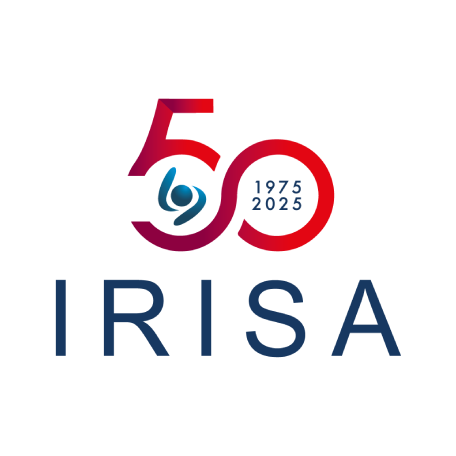SEAMLESS: Seamless interaction and collaboration through the reality-virtuality continuum
Seamless follows a multi-disciplinary approach in the scientific domains of virtual and augmented reality, human perception, human-computer interaction and human factors. The current revolution on the XR domain does not only require technological advancements, but to place the user at the center of this revolution.
In order to support this revolution, and referring to the two aforementioned scenarios, three major scientific challenges (SC) are addressed:
- Enable seamless transition between realities. Each reality presents its own limitations and features, which make them distinct both in terms of perception and interaction. A user must be able to transition across realities at will. Seamless aims to reduce the gap between perception and interaction modalities across realities in order to provide a continuous experience. Ultimately, ensuring that all realities can co-exist.
- Enable seamless collaboration between realities. Different users laying in different realities should be able to collaborate as equals. By equals, we first refer to the perception/awareness of collaborators and the parallel realities. Users should be aware of other collaborators and should be able to share a common workspace. Second, we refer to the users’ interaction capabilities. Users must be able to interact and collaborate as equals, no matter the reality they are lying in or their individual characteristics, ultimately blurring the boundaries between realities during the collaboration process.
- Enable seamless evaluation of user experience. The evaluation of user experience in VR/AR is multi-factorial, which requires the assessment of a wide range of parameters, from user performance, passing through user preferences, to the user’s mental state. Evaluation is a key step in any design process which allows to detect flaws and improve the system. Current evaluation methods strongly rely on the use of questionnaires or task-specific metrics, which only provide broad and imprecise evaluation of the user experience. The vision of Seamless is that evaluation of VR and AR systems should be able to provide precise information regarding the flaws of the system and should minimize the explicit collection of information from the user. A particular promising direction is the direct assessment of the user’s mental state through electroencephalography (EEG).
Partnerships
The Seamless team works with large companies (InterDigital, Orange Labs) and SMEs (Polymorph, Haption, Mensia). Because of its highly multidisciplinary approach, Seamless works closely with a number of academic partners in France and abroad on complementary subjects such as neuroscience, signal processing, human-computer interaction and virtual reality: Tokyo University, University of Central Florida, University of Barcelona, TU Wien, IMT-Atlantique, Ecole Central Nantes, University of Bordeaux, Inrap, CHU Rennes, etc.
Keywords: Virtual Reality, Augmented Reality, 3D Interaction, Haptic Interfaces, Brain-Computer Interfaces, Collaborative Systems
